How to clean a mechanical keyboard
Learn how to clean a mechanical keyboard safely and thoroughly
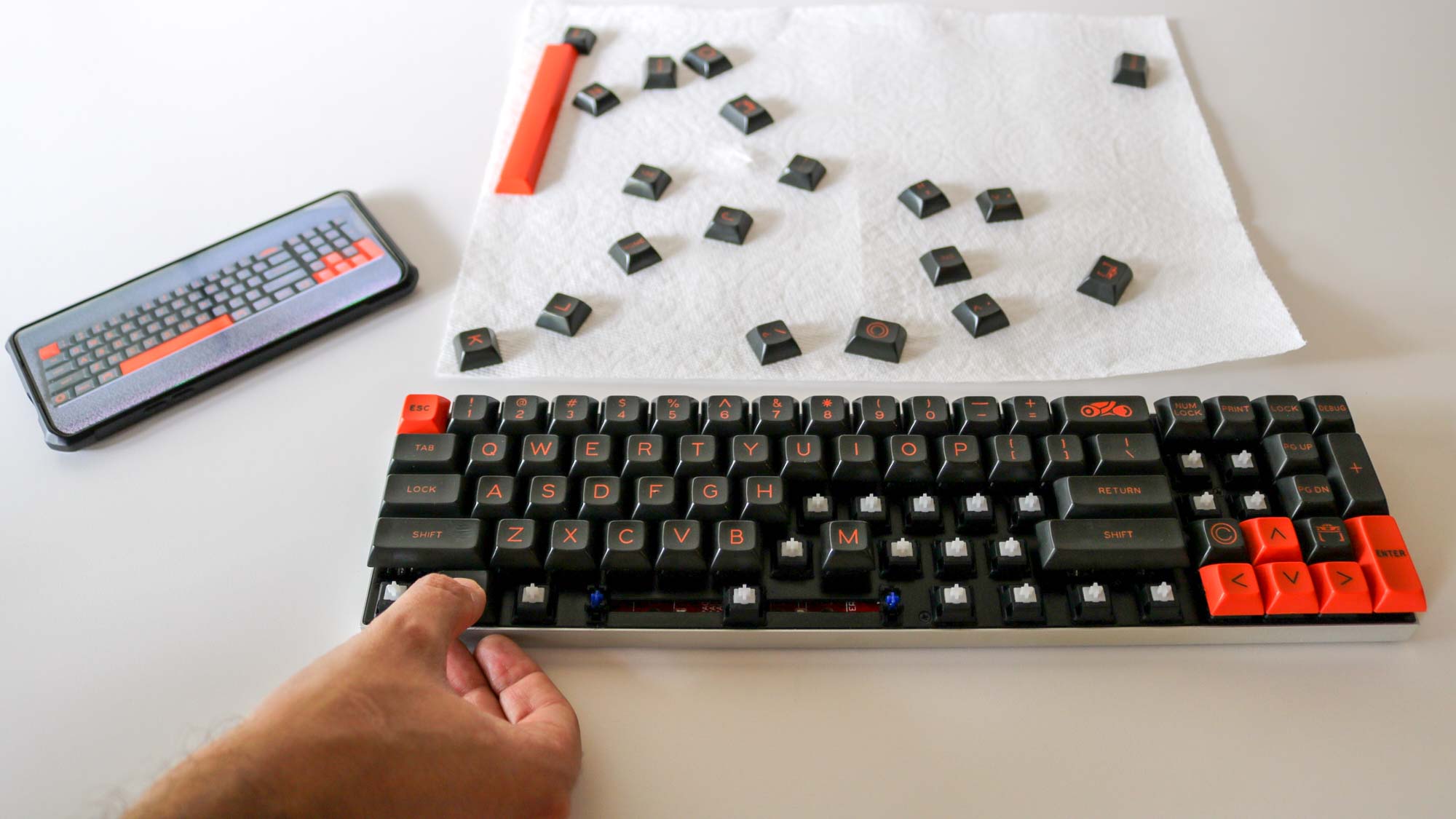
Do you know how to clean a mechanical keyboard? If you’ve upgraded to one of the best mechanical keyboards then it’s certainly worthwhile to learn all about the proper maintenance and care for your new investment. This way you will be able to use it for years to come and can rest easy knowing it is free of dust, hair and other debris.
While wiping your mechanical keyboard down from time to time can help keep it germ free and fairly clean, you also want to give it a deep clean at least once a year. This involves removing the keycaps, washing them and using cotton swabs to clean between your keyboard switches. This does take some time but your mechanical keyboard will feel like new once you complete the somewhat lengthy process of giving it a deep clean.
Mechanical keyboards are more expensive than membrane ones as they provide a much better typing and gaming experience. As such, you want to take care of your mechanical keyboard and keep it clean.
Here’s how to clean a mechanical keyboard from start to finish.
How to clean a mechanical keyboard
- Disconnect your keyboard
- Take a picture of your keyboard for reference
- Use a keycap puller to carefully remove all of the keycaps
- Wash your keycaps in warm water and let them dry
- Blow off dust using compressed air or an electric duster
- Use cotton swabs and alcohol to clean between the switches
- Put your keycaps back on
- Test your keyboard
Read on to view detailed instructions for each step.
1. Disconnect your keyboard. Carefully unplug your keyboard from your computer and if possible, unplug the cable from your keyboard if it’s detachable.
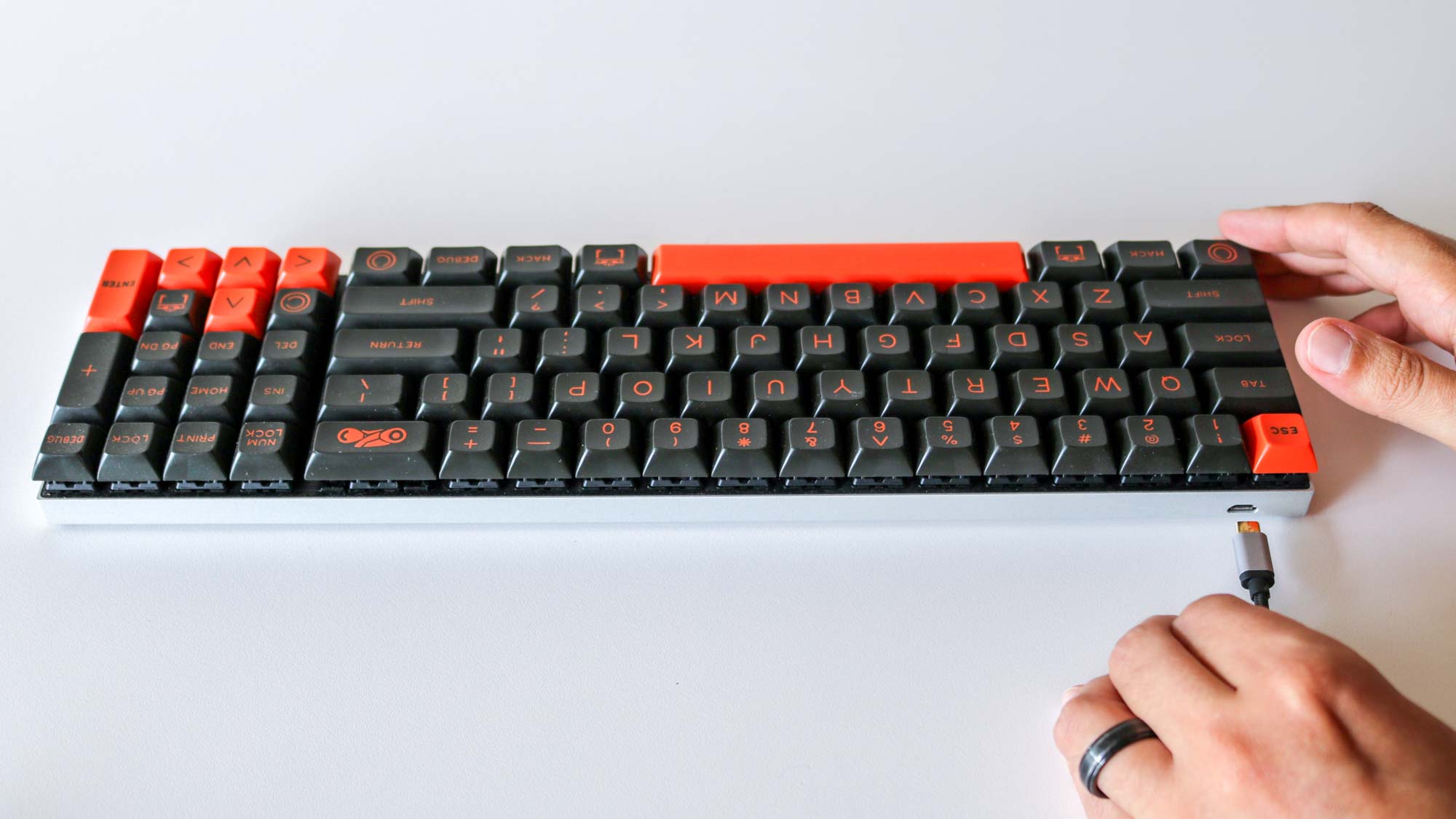
2. Take a picture of your keyboard for reference. Once you finish cleaning your keyboard, you will need to put the keycaps back on in their correct places. To make this easier, take a picture of your keyboard before you start removing keycaps.
Sign up to get the BEST of Tom's Guide direct to your inbox.
Get instant access to breaking news, the hottest reviews, great deals and helpful tips.
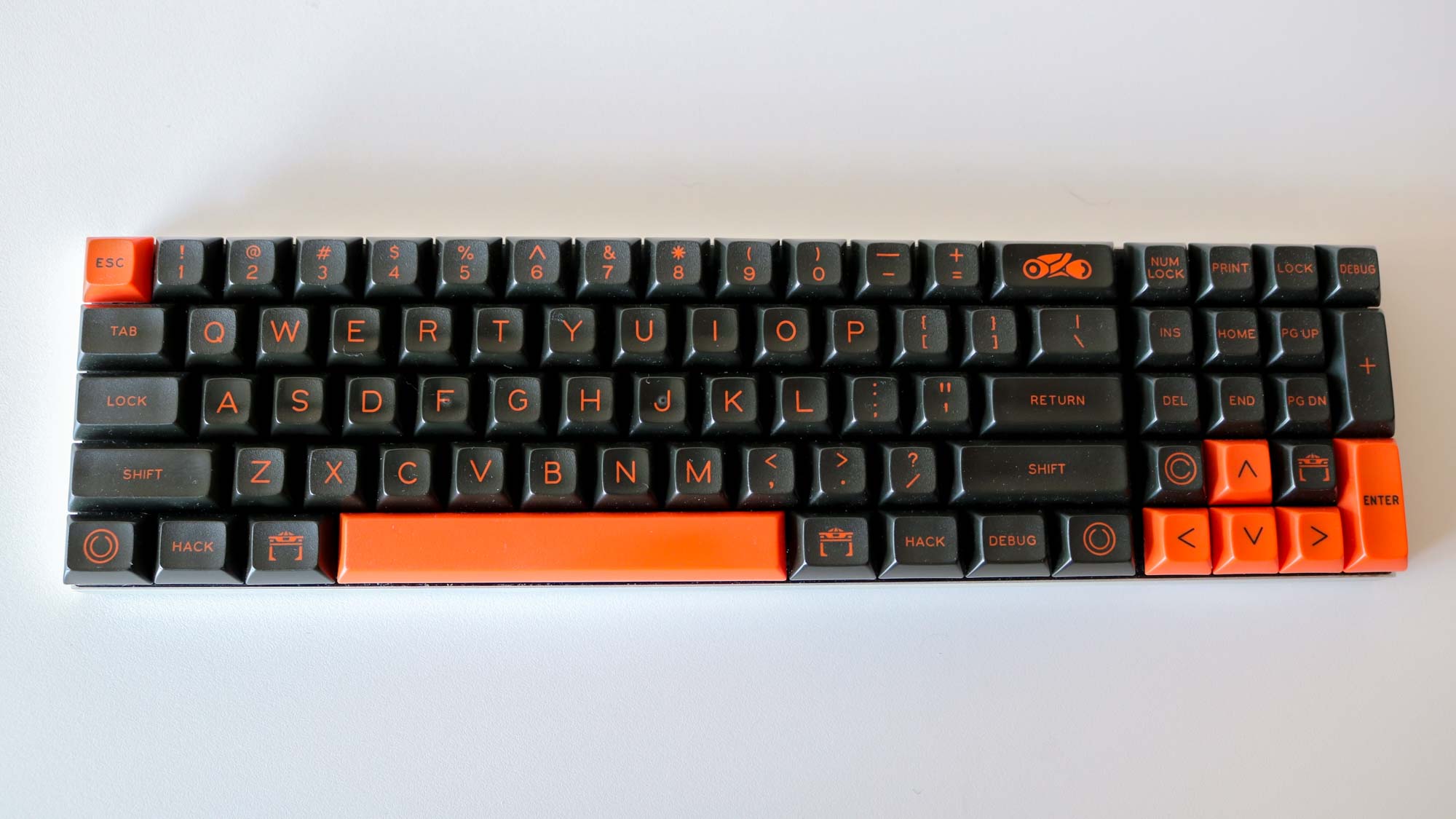
3. Use a keycap puller to carefully remove all of the keycaps. With a keycap puller, begin removing the keycaps from your keyboard and place them into a bowl so you won’t misplace any of them. If you don’t have a keycap puller on hand, you can easily make one using a pair of paperclips, a twist-tie and pliers.
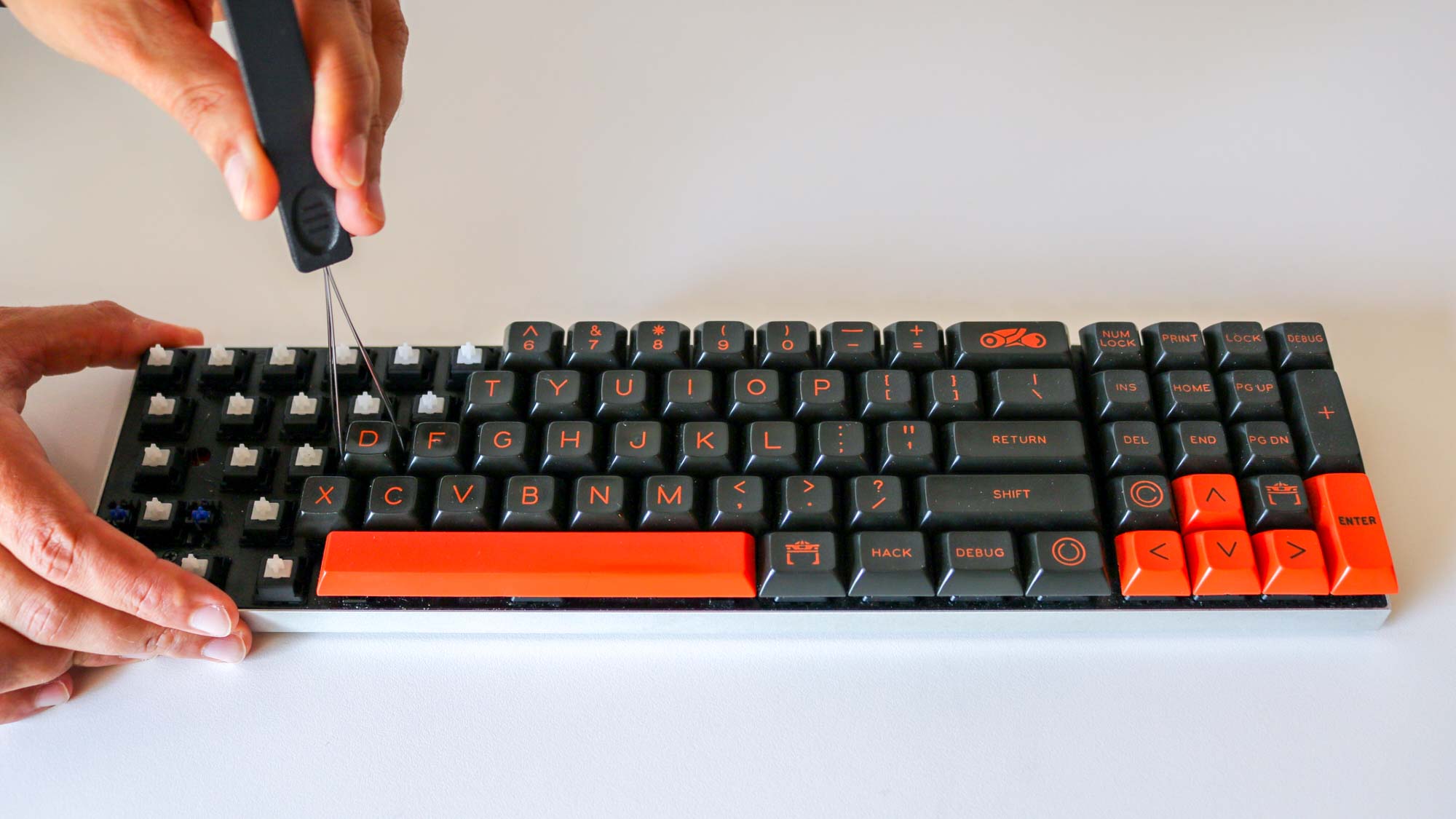
4. Wash your keycaps in warm water and let them dry. Take the bowl with all of your keycaps and fill it with warm water and a little dish soap. Move the keycaps around with your hands and let the bowl sit for 30 to 60 minutes.
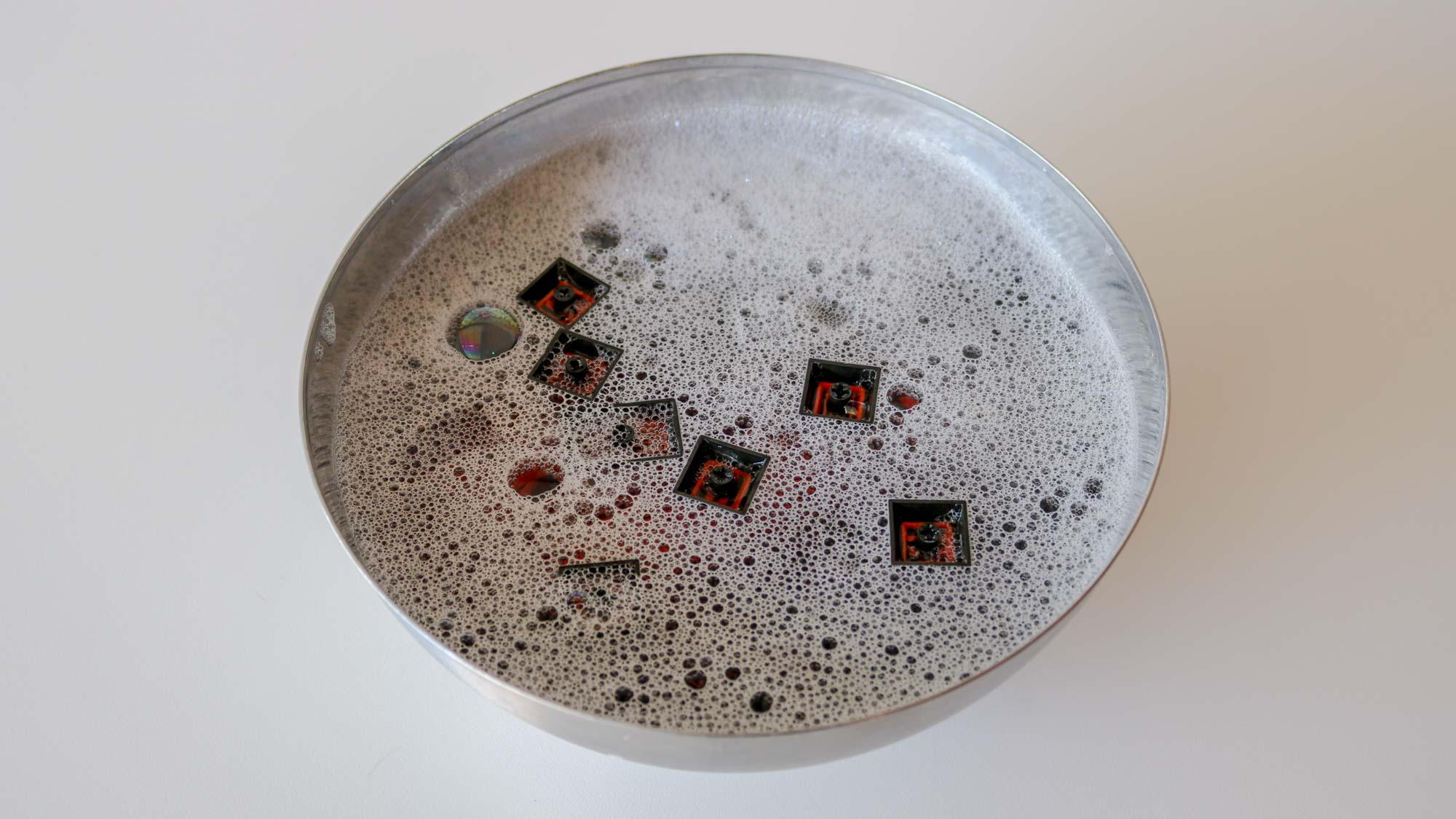
Once the keycaps have had plenty of time to soak, you can use a strainer to remove the soapy water. Rinse the keycaps thoroughly and lay them out to dry on a paper towel.
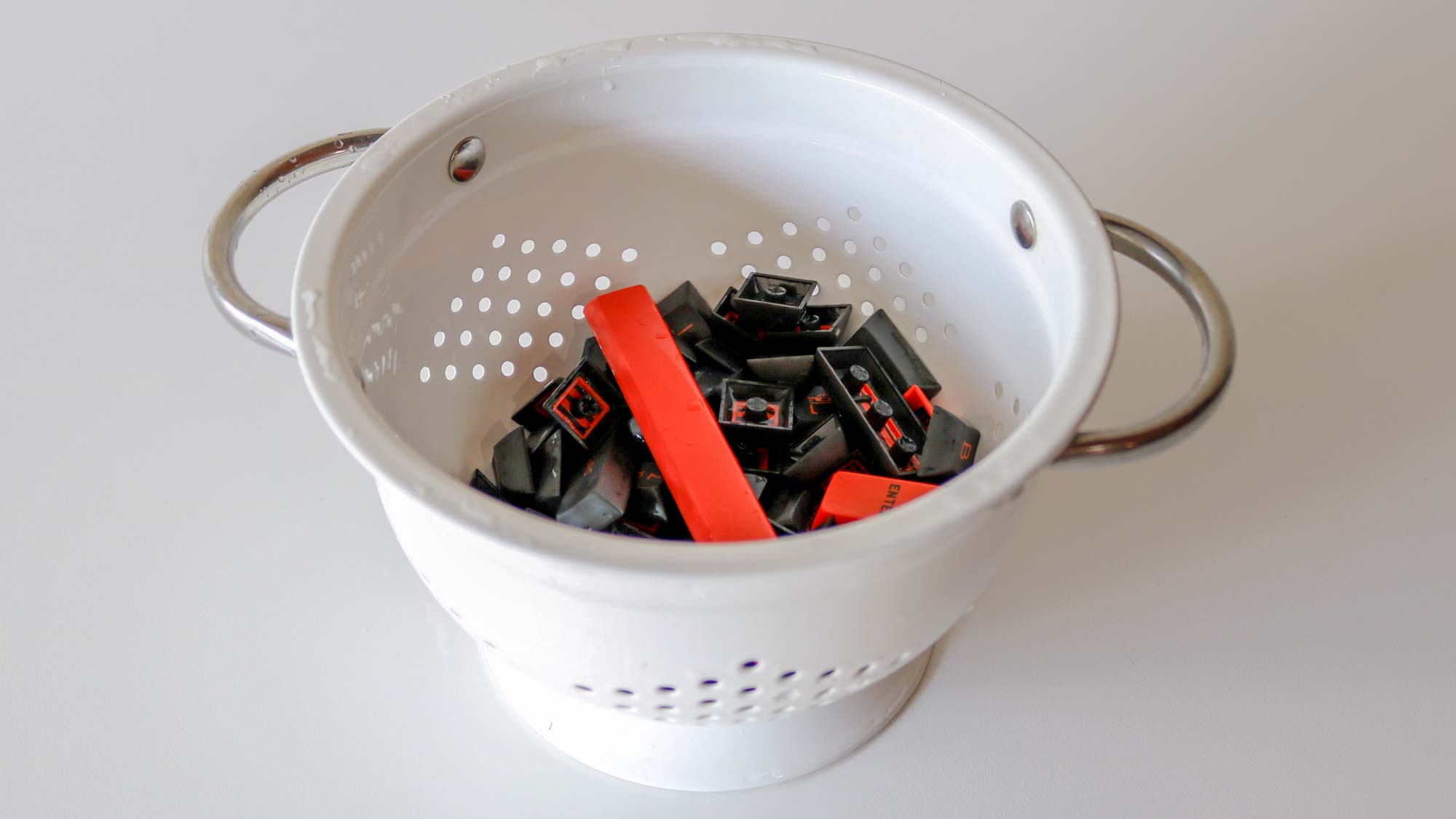
5. Blow off dust using compressed air or an electric duster. While your keycaps are soaking or drying, use a can of compressed air or better yet, an electric duster to remove any dust, hair or other debris from your keyboard.
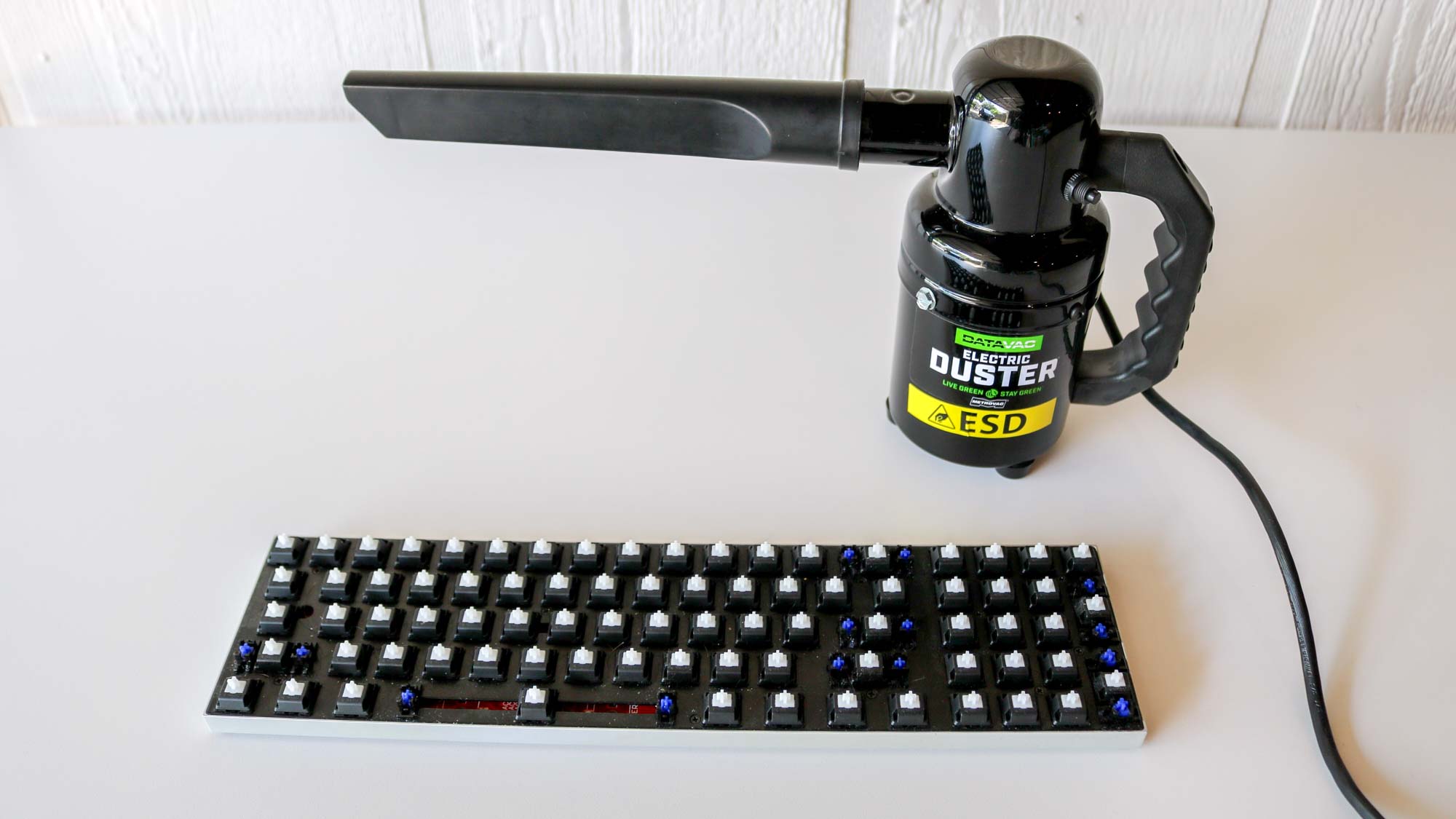
6. Use cotton swabs and alcohol to clean between the switches. With some cotton swabs and isopropyl alcohol, carefully clean the gaps between your keyboard’s switches. Keep in mind that you want to use as little isopropyl alcohol as possible to avoid damaging your keyboard’s PCB. Afterwards, let your keyboard dry though you can speed up this process using an electric duster if you have one.
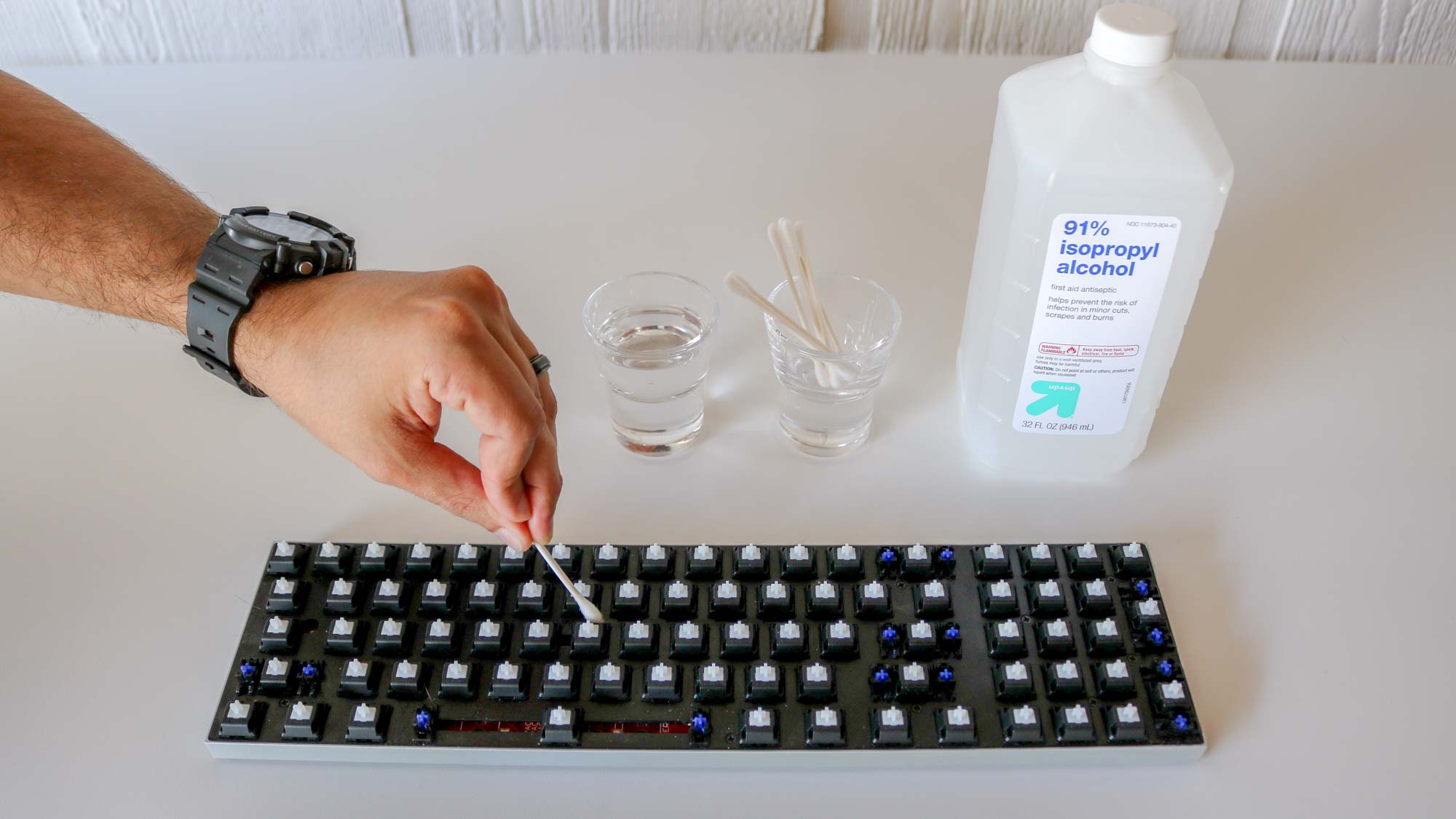
7. Put your keycaps back on. With the reference photo of your keyboard you took earlier, carefully begin putting your keycaps back on. Make sure each key is oriented correctly and press firmly down on your keycaps to reseat them. It’s also a good idea to have your keycap puller handy in case you make any mistakes.

8. Test your keyboard. Now that all of the keys are back on your keyboard, plug it into your computer and test all of the keys. You can use the site KeyboardTester.com to do so as it makes an audible click each time a key is pressed and shows which keys have been tested.
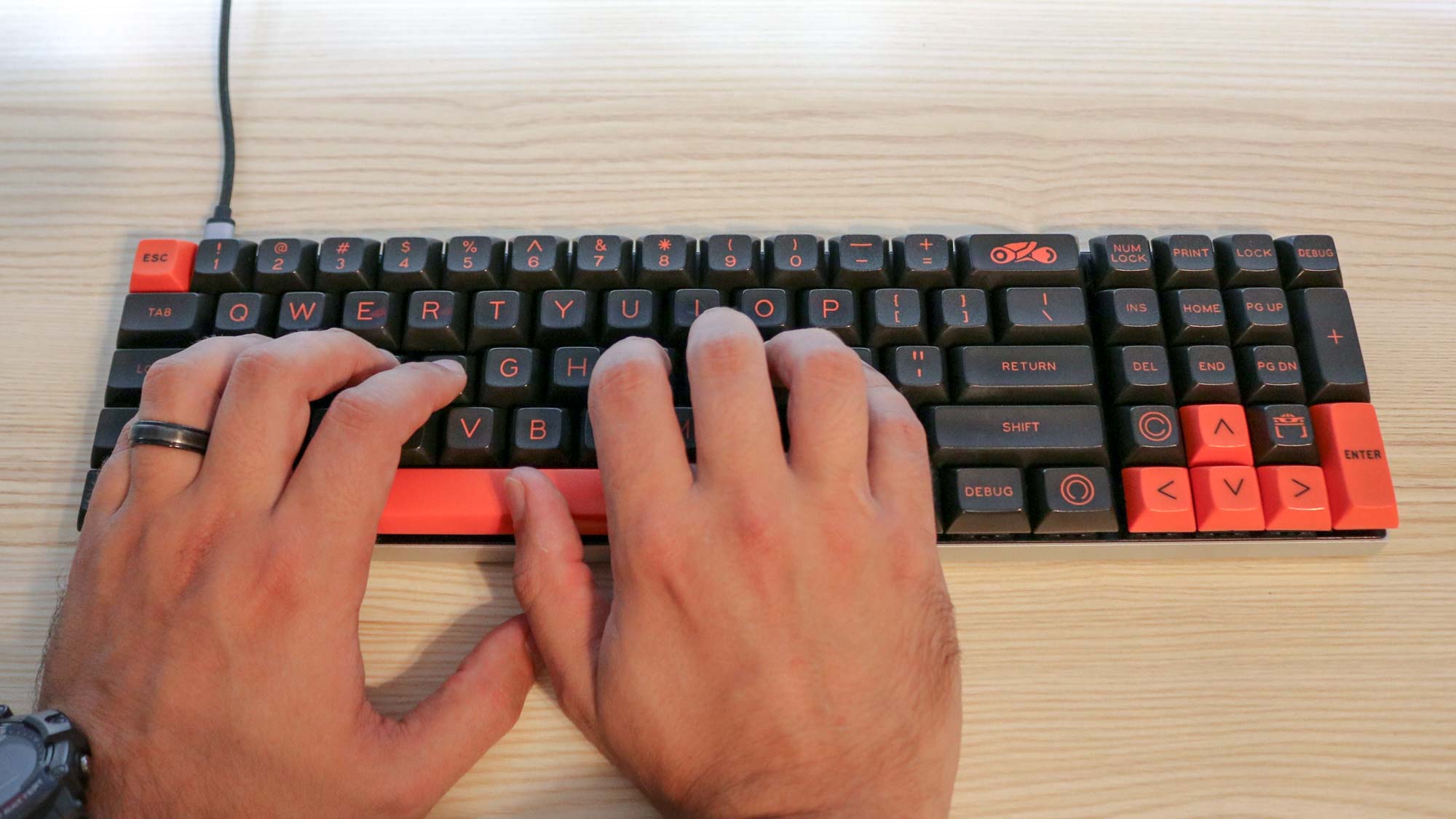
If you want to learn more about mechanical keyboards, check out this guide on mechanical keyboard switches or maybe you’re just wondering why you want a mechanical keyboard in the first place. Have a membrane keyboard or laptop keyboard that needs a quick cleaning? This is how to clean a keyboard in less than 5 minutes. Want to clean smudges off your monitor? Read how to clean a computer screen. For general software tips, why not start off by reading how to zip a file or folder on Windows and Mac.
If you're looking at tidying up and have messy cables lying around — you can check out how I used this simple hack to tame my tangled box of cables.

Anthony Spadafora is the managing editor for security and home office furniture at Tom’s Guide where he covers everything from data breaches to password managers and the best way to cover your whole home or business with Wi-Fi. He also reviews standing desks, office chairs and other home office accessories with a penchant for building desk setups. Before joining the team, Anthony wrote for ITProPortal while living in Korea and later for TechRadar Pro after moving back to the US. Based in Houston, Texas, when he’s not writing Anthony can be found tinkering with PCs and game consoles, managing cables and upgrading his smart home.
